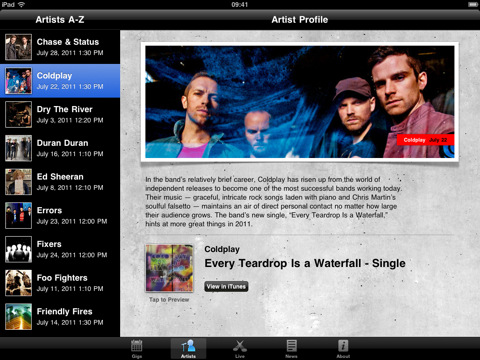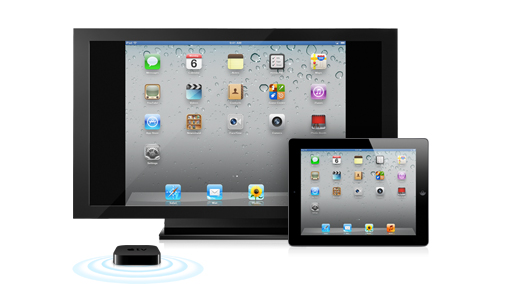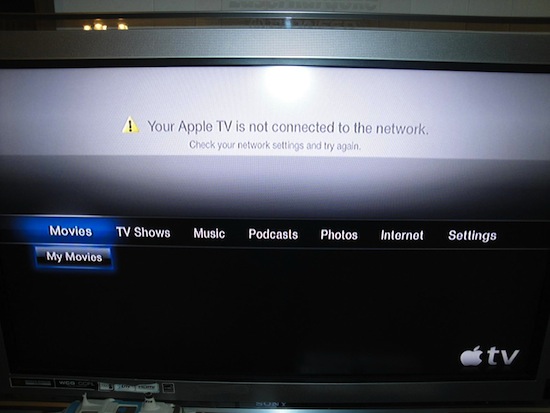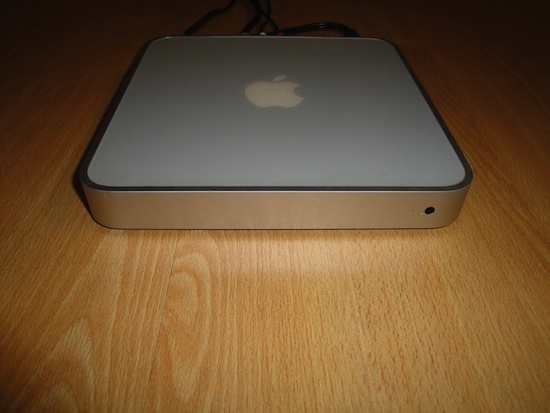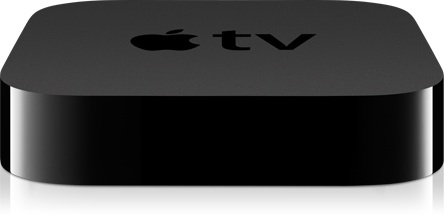Kicking off on July 1 at the Roundhouse in London for 31 nights of consecutive live performances from 62 bands, the iTunes Festival 2011 has seen Coldplay, Beady Eye, Arctic Monkeys, Foo Fighters and Mogwai signing up for Apple’s annual initiative, among others. Today Apple released an official app for the iTunes Festival 2011 which, besides letting you check on the schedule for the venue and check out more information about the performing bands, will enable you to follow shows live or on demand “for a limited period from wherever you are in the world”, as well as beam video contents from your iPhone or iPad to an Apple TV or unofficial third-party receiver like MacStories staff favorite AirServer. This is the first time Apple is supporting both the iPhone and iPad with options for live streaming, AirPlay and Apple TV. Apple’s recent experiments with live streaming events include special media events and WWDC keynotes, though they have seemed to refrain from streaming announcements as of lately. It’ll be interesting to see how the app will allow users to watch live concerts come July 1.
You can download the iTunes Festival London 2011 app for free here.


